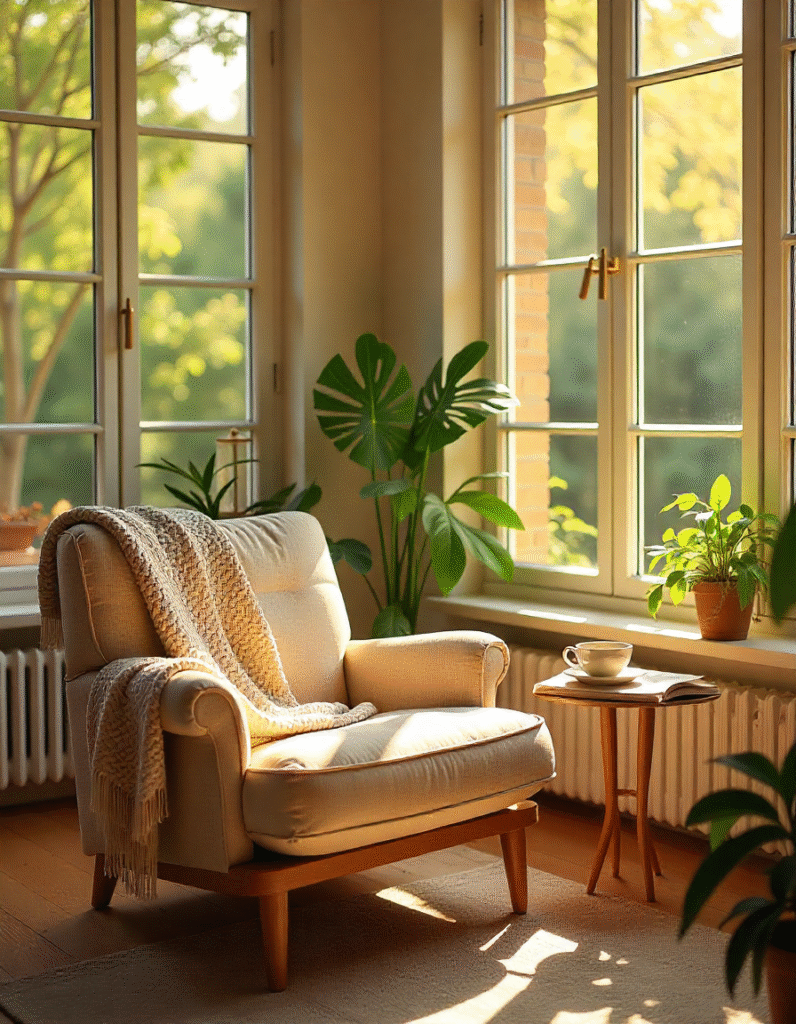Fashion is often described as a revolving door, a cycle that spins through decades, borrowing silhouettes, patterns, and attitudes from the past before reintroducing them to a new audience. Yet, the essence of dressing well has never been about blindly following trends. It’s about understanding the interplay between personal identity, cultural shifts, and the garments we choose to wear.
Fashion as a Cultural Mirror
Clothing doesn’t exist in isolation. It’s a reflection of the time and place in which it’s worn. In the 1920s, women’s hemlines rose not simply for aesthetics, but because the world was experiencing a cultural liberation after World War I. The 1970s’ explosion of colors and patterns wasn’t just about hippie idealism; it mirrored a society grappling with political unrest and newfound self-expression.
To understand style today, one must view it through that same lens: What do our current choices say about us? Why is oversized tailoring popular again? Why do sneakers, once confined to sports, now walk red carpets? Each answer reveals a deeper story about our collective mindset.
Quality Over Quantity
In a world driven by fast fashion, the temptation to buy cheaply and frequently can be strong. But if you’ve ever worn a well-tailored coat from decades ago, you know that true craftsmanship holds a kind of magic. Quality fabrics age gracefully, developing a character of their own. Good stitching doesn’t fray under life’s daily demands. Investing in fewer but better pieces not only elevates your look — it fosters a deeper relationship with your wardrobe.
A cashmere sweater bought today, if cared for properly, might still keep you warm twenty years from now. A leather bag with sturdy hardware becomes more beautiful the more it’s used. This kind of slow fashion mindset isn’t nostalgia; it’s sustainability in its most stylish form.
Personal Style vs. Fashion Trends
Fashion is the weather — style is the climate. A trend might flare brightly for a season, but personal style remains steady, evolving slowly over the years. Developing this personal sense of style is about more than just knowing what’s “in” right now; it’s about knowing yourself.
Ask yourself: Which cuts make me feel confident? Which colors make my skin glow? Which fabrics feel like home? Once you understand your own visual language, the endless noise of seasonal “must-haves” becomes less persuasive. You begin to pick and choose what actually complements you, rather than adopting every passing fad.
The Subtle Power of Accessories
Accessories are not afterthoughts; they are punctuation marks. The right belt can transform an outfit from ordinary to intentional. A scarf can soften sharp tailoring, while a pair of distinctive sunglasses can become a signature. Accessories allow you to test bolder ideas without committing to a head-to-toe overhaul.
Consider the way a single vintage brooch can hint at your love for history, or how a watch with a weathered leather strap quietly tells the story of years lived. These small details often leave the most lasting impressions.
Dressing for the Moment
One of the unspoken rules of great style is appropriateness. It’s not about stifling creativity — it’s about honoring context. The outfit that dazzles at an art opening might feel misplaced at a family lunch. Conversely, a relaxed weekend ensemble might look too casual in a corporate setting.
Understanding the unspoken dress codes of various situations is an art in itself. It’s about balancing self-expression with respect for the environment you’re in. The best-dressed individuals aren’t those who wear the most expensive clothes, but those who appear completely at ease with what they’ve chosen for the moment.
The Role of Tailoring
Even the most expensive garment can look underwhelming if it doesn’t fit properly. Tailoring is the bridge between good clothing and great clothing. The difference between a jacket that skims the shoulders perfectly and one that sags slightly is subtle — but it’s the kind of subtlety people notice without even realizing why.
Whether it’s shortening trousers, taking in a waist, or adjusting a sleeve length, minor alterations can completely change how you carry yourself. Many style icons, from Hollywood actors to political figures, swear by having a trusted tailor who understands their proportions and preferences.
Sustainability as Style
There was a time when sustainability in fashion was associated with earthy, uninspired basics. That’s no longer the case. Today, designers are finding ways to merge environmental responsibility with cutting-edge aesthetics. From upcycled denim jackets to evening gowns made from regenerated fabrics, sustainability has become a point of pride, not a compromise.
Even as a consumer, small choices matter: supporting brands that prioritize ethical production, buying vintage, repairing rather than replacing. The beauty of this approach is that it often leads to more distinctive wardrobes — pieces with history, character, and individuality.
Global Influences
Fashion is no longer confined to Paris runways or New York showrooms. Social media, travel, and digital commerce have woven together a global style conversation. You can spot a Tokyo streetwear influence in London, or see West African prints paired with Scandinavian minimalism.
This cross-pollination creates endless possibilities for fresh combinations. But it also raises the question: How do we balance global inspiration with authenticity? The answer lies in curiosity without appropriation — understanding the roots of a style before adopting it, and giving credit to the cultures that inspire us.
The Emotional Layer
At its core, fashion is emotional. We wear black when we want to feel powerful, pastels when we seek softness, sequins when we want to be seen. Clothing can shield us, seduce, comfort, or challenge. It’s the first message we send to the world each day, and often the one that lingers.
That’s why the best wardrobes are built not just on aesthetics, but on feeling. When you pull something from your closet, you should know it will make you stand a little taller, move a little more freely, or smile a little wider.
Final Thought: Dressing well is not about chasing every fashion headline. It’s about cultivating an awareness of yourself and the world, choosing pieces that tell your story, and wearing them with confidence. Trends may come and go, but the soul of style — authenticity, intention, and a touch of daring — will always be in fashion.




















